What remains: a hardware store in Osaka lays bare the bolts of Japan’s history
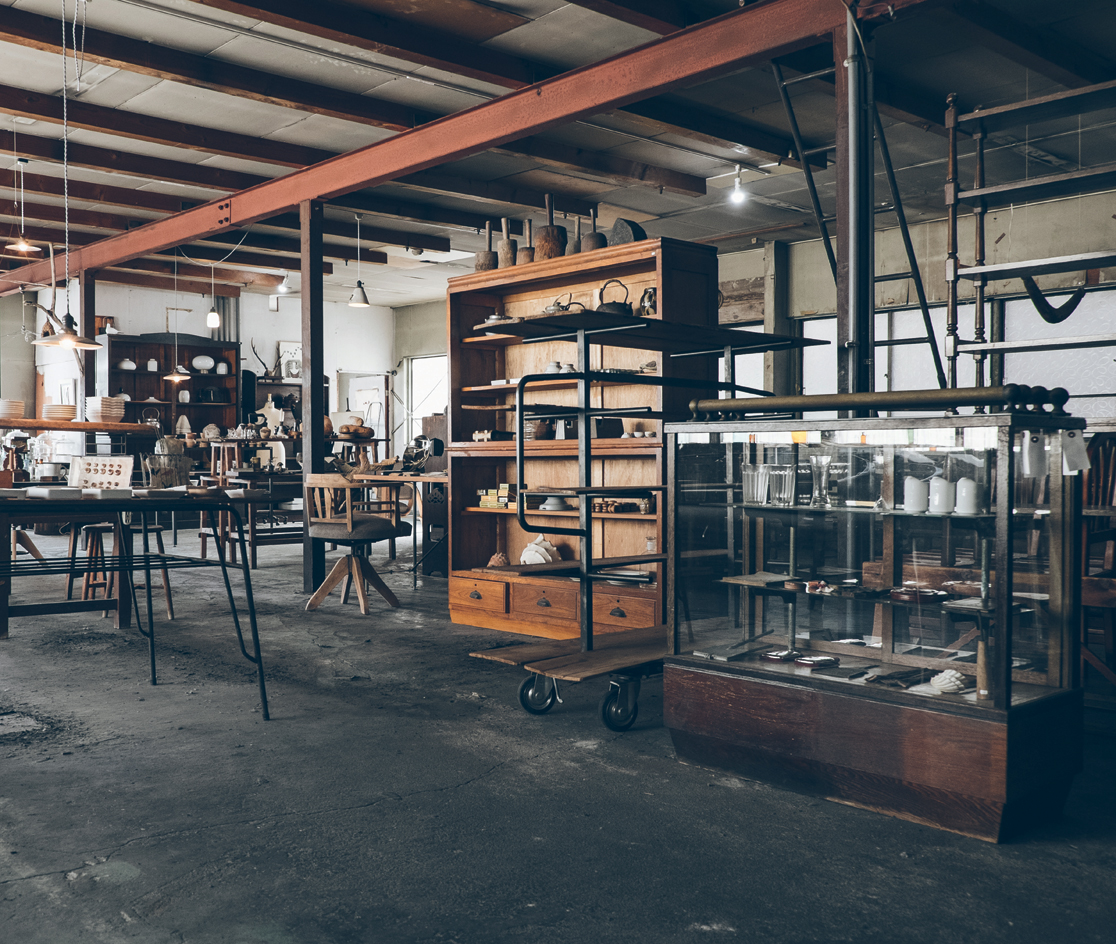
To call the location of vintage hardware shop Tsumugi Syoukai obscure would be an understatement. Large warehouses and small sub-suppliers to Osaka’s heavy industry dominate the area, the only bright addition being a small nursery from where the sound of children singing can be heard from the large open windows of the shop’s first floor. Proprietor and self-acclaimed hardware-otaku (that’s Japanese for nerd) Masakatsu Sato doesn’t seem to mind at all.
‘I had a smaller shop, a bit more central, before I opened here this summer,’ he says. ‘But we are doing much more business now, even in this strange location.’ It’s clear why. The shop is housed in what used to be a warehouse, and the bare cement floor, the painted steel windows and the industrial feel fit perfectly with the merchandise. And what merchandise! Sato has been hoarding vintage hardware dead stock from around Japan for the last seven years, and the variety of hinges, locks, knobs and handles, mostly from when these kinds of fittings were still made in Japan in the late 1800s to mid-1900s, is staggering. Besides hardware, he also buys old household goods such as dustpans and cups, plus the odd piece of furniture. Japan is notorious for its readiness to tear down homes older than a generation, and Sato also likes to salvage doors and windows from old buildings when the opportunity presents itself.
The shop is divided into two floors, each around 300 sq m in size. On the ground floor, there is a fully equipped workshop where Sato restores old furniture and makes made-to-order pieces. Larger items, including a few vintage Japanese bicycles, are also displayed. Up an iron staircase is the main shop brimming with all the wonderful hardware.
Sato’s love for the products is evident from the way he talks about the history of each individual piece. He shows me two padlocks. One carries the inscription ‘made in occupied Japan’, the other the Japanese word ‘fukko’, which means ‘restoration’. They both tell of a different Japan all together. He also has a scrapbook where he keeps old packages and labels from his many years of collecting. The colours may be faded, but the graphic design from this golden era of Japanese manufacturing looks refreshingly different from anything you see at your local hardware store. Every piece has a story and Sato is fascinated by the creativity of design and what these humble hinges and brackets tell about Japanese manufacturing history. ‘Of course, I am happy when someone buys something, but it also makes me a bit sad,’ he says. I get the feeling he would rather not sell anything, and just keep expanding this seemingly never-ending collection of vintage Japanese hardware.
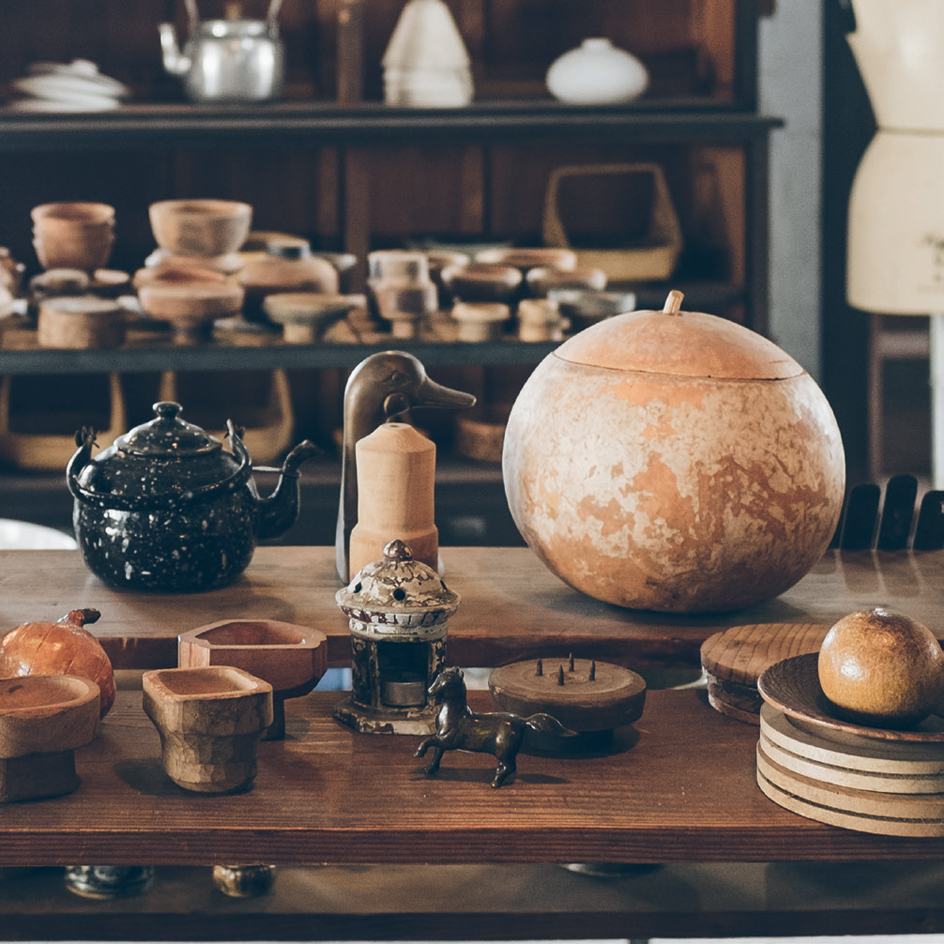
As well as selling found objects, Sato makes small household items himself
INFORMATION
Tsumugi Syoukai is open on Saturdays and Sundays or by prior appointment. For more information, visit the store’s website
Photography: Hachi Anzai
Wallpaper* Newsletter
Receive our daily digest of inspiration, escapism and design stories from around the world direct to your inbox.
Originally from Denmark, Jens H. Jensen has been calling Japan his home for almost two decades. Since 2014 he has worked with Wallpaper* as the Japan Editor. His main interests are architecture, crafts and design. Besides writing and editing, he consults numerous business in Japan and beyond and designs and build retail, residential and moving (read: vans) interiors.
-
 Put these emerging artists on your radar
Put these emerging artists on your radarThis crop of six new talents is poised to shake up the art world. Get to know them now
By Tianna Williams
-
 Dining at Pyrá feels like a Mediterranean kiss on both cheeks
Dining at Pyrá feels like a Mediterranean kiss on both cheeksDesigned by House of Dré, this Lonsdale Road addition dishes up an enticing fusion of Greek and Spanish cooking
By Sofia de la Cruz
-
 Creased, crumpled: S/S 2025 menswear is about clothes that have ‘lived a life’
Creased, crumpled: S/S 2025 menswear is about clothes that have ‘lived a life’The S/S 2025 menswear collections see designers embrace the creased and the crumpled, conjuring a mood of laidback languor that ran through the season – captured here by photographer Steve Harnacke and stylist Nicola Neri for Wallpaper*
By Jack Moss
-
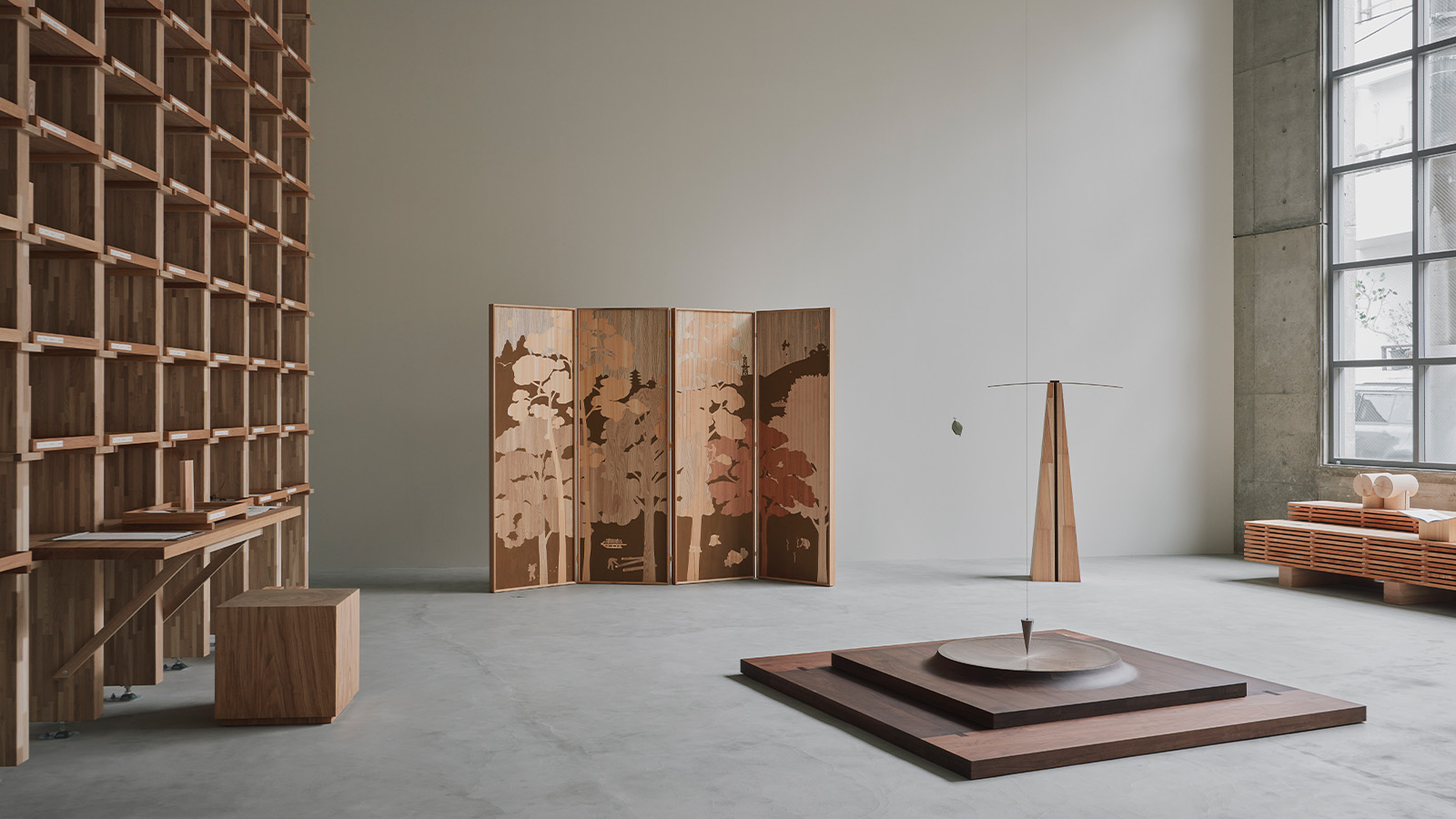 Time, beauty, history – all are written into trees in Karimoku Research Center's debut Tokyo exhibition
Time, beauty, history – all are written into trees in Karimoku Research Center's debut Tokyo exhibitionThe layered world of forests – and their evolving relationship with humans – is excavated and reimagined in 'The Age of Wood', a Tokyo exhibition at Karimoku Research Center
By Danielle Demetriou
-
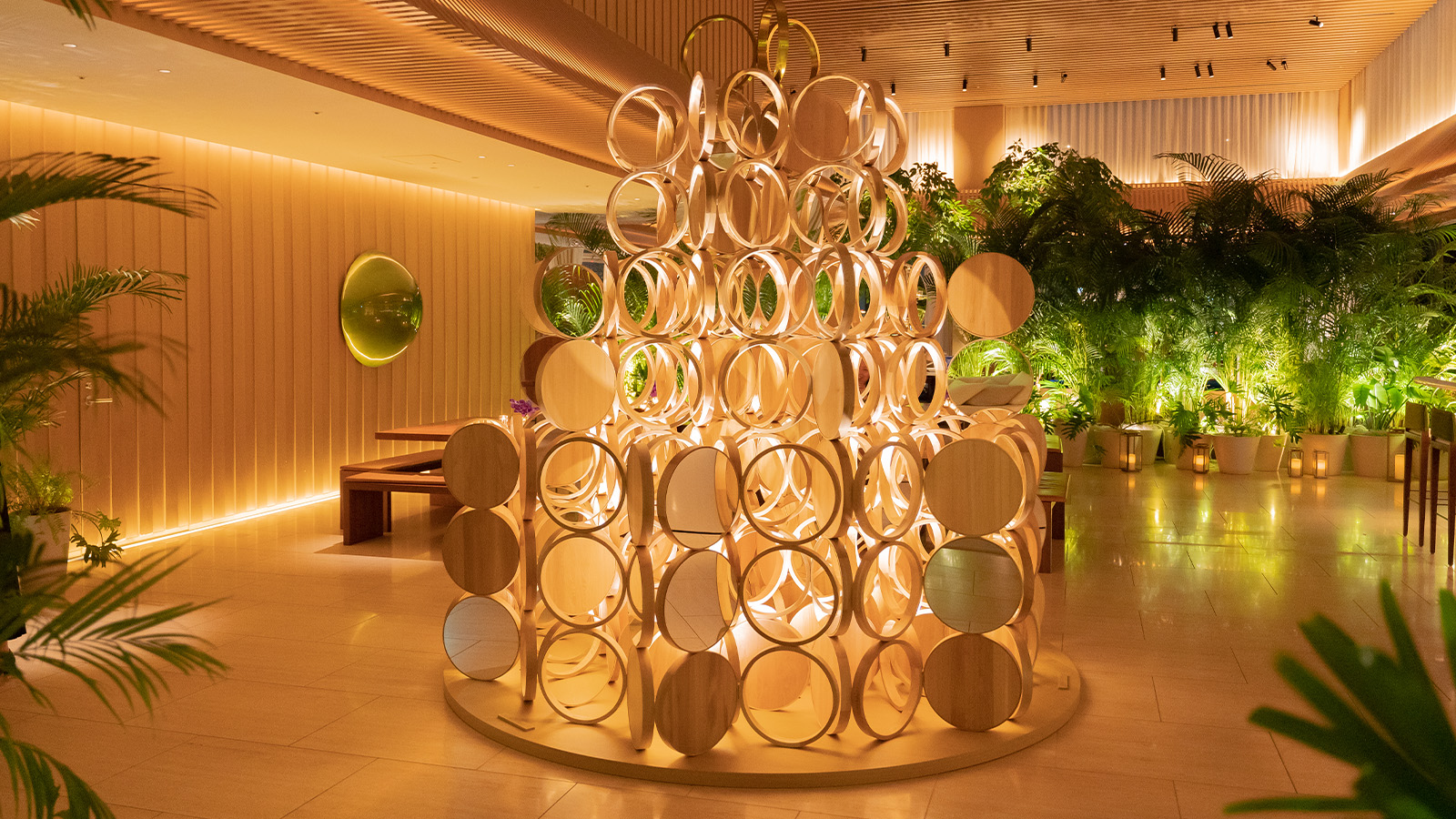 Minimal curves and skilled lines are the focal point of Kengo Kuma's Christmas trees
Minimal curves and skilled lines are the focal point of Kengo Kuma's Christmas treesKengo Kuma unveiled his two Christmas trees, each carefully designed to harmonise with their settings in two hotels he also designed: The Tokyo Edition, Toranomon and The Tokyo Edition, Ginza
By Danielle Demetriou
-
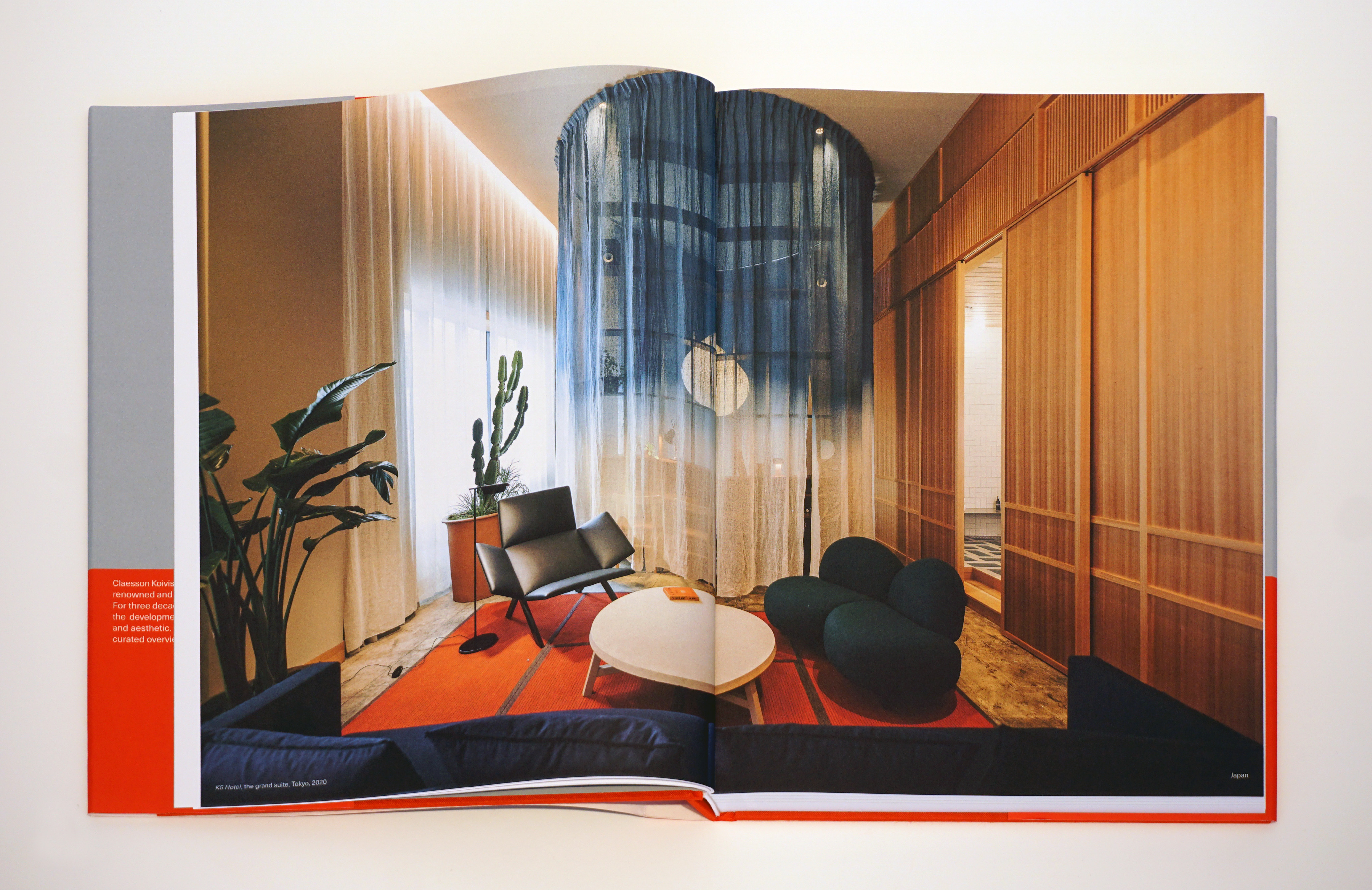 Claesson Koivisto Rune on 30 years of their often Japan-inspired designs, charted in a new book
Claesson Koivisto Rune on 30 years of their often Japan-inspired designs, charted in a new book‘Claesson Koivisto Rune: In Transit’ is a ‘round-the-world journey’ into the Swedish studio's projects. Here, the founders tell Wallpaper* about their fascination with Japan, and the concept of aimai
By Danielle Demetriou
-
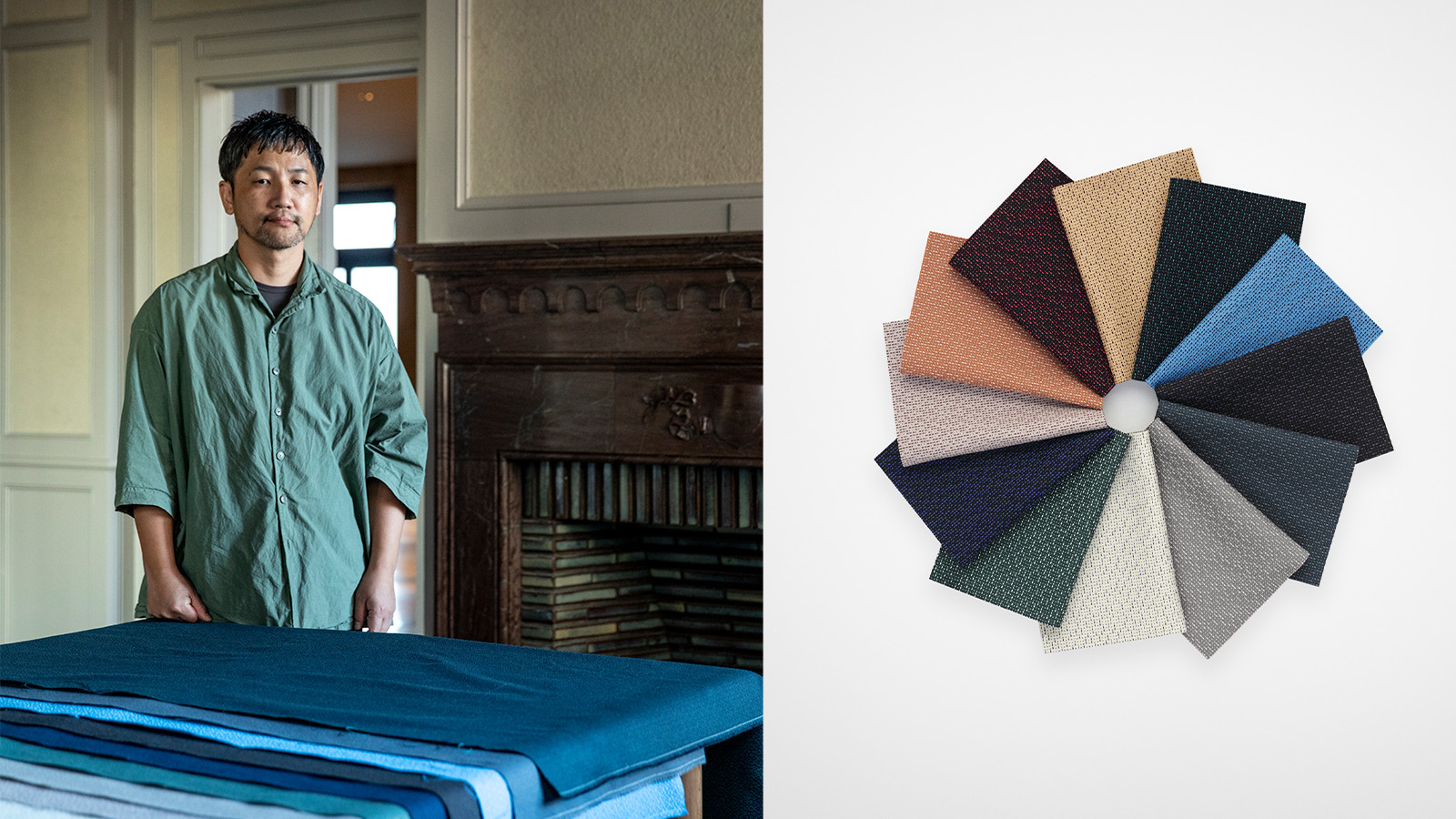 Teruhiro Yanagihara's new textile for Kvadrat boasts a rhythmic design reimagining Japanese handsewing techniques
Teruhiro Yanagihara's new textile for Kvadrat boasts a rhythmic design reimagining Japanese handsewing techniques‘Ame’ designed by Teruhiro Yanagihara for Danish brand Kvadrat is its first ‘textile-to-textile’ product, made entirely of polyester recycled from fabric waste. The Japanese designer tells us more
By Danielle Demetriou
-
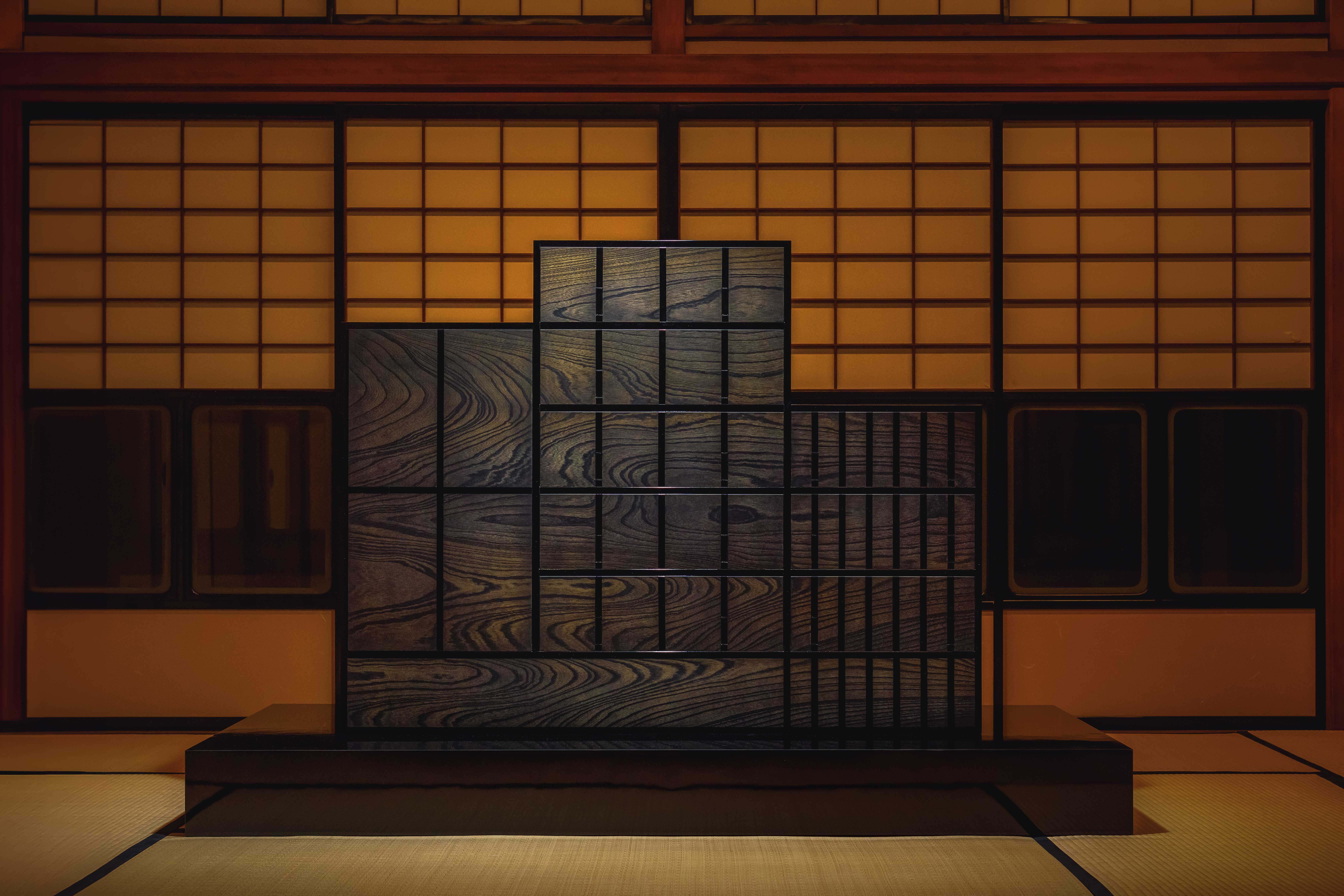 Craft x Tech elevates Japanese craftsmanship with progressive technology
Craft x Tech elevates Japanese craftsmanship with progressive technologyThe inaugural edition of Craft x Tech was presented in Tokyo this week, before making its first international stop at Design Miami Basel (11-16 June 2024)
By Danielle Demetriou
-
 Ikea meets Japan in this new pattern-filled collection
Ikea meets Japan in this new pattern-filled collectionNew Ikea Sötrönn collection by Japanese artist Hiroko Takahashi brings Japan and Scandinavia together in a pattern-filled, joyful range for the home
By Rosa Bertoli
-
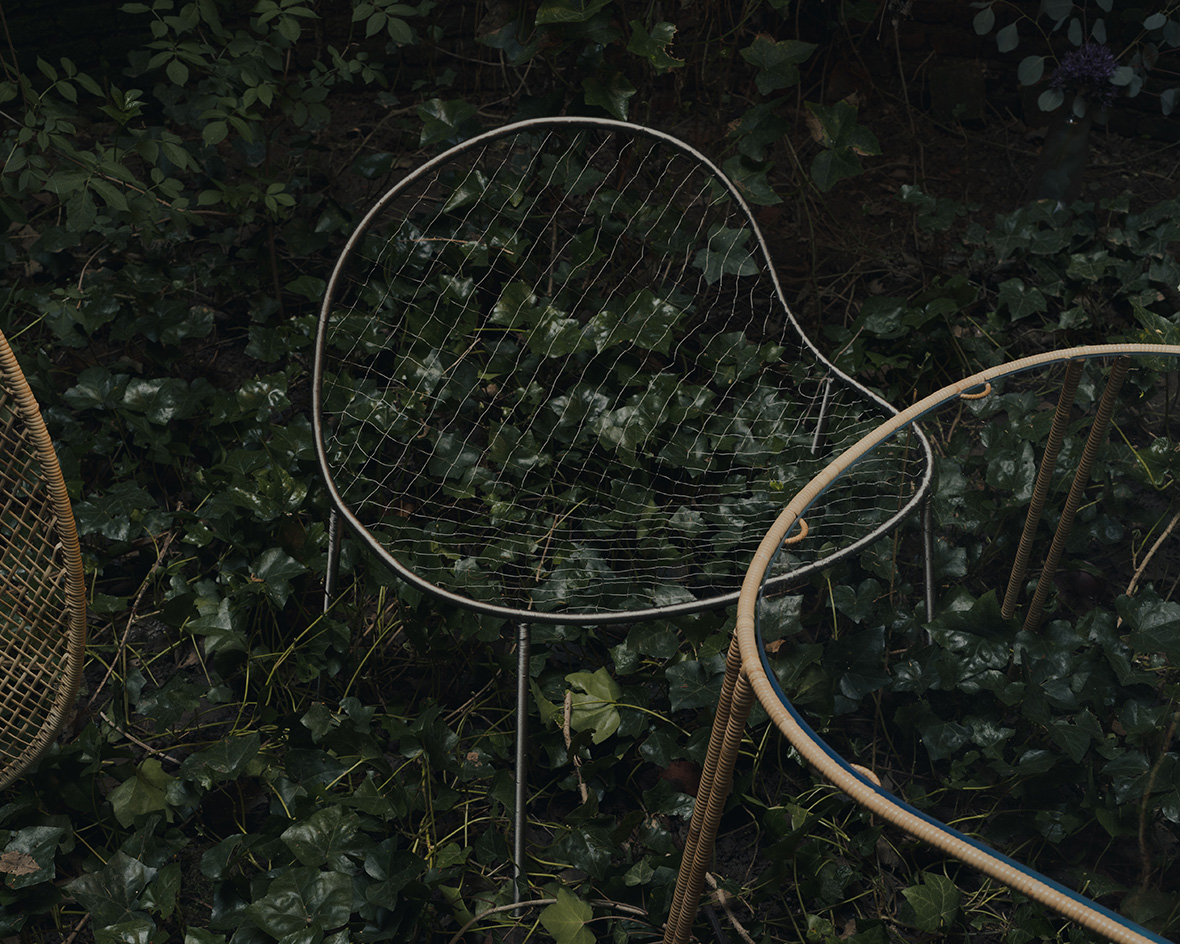 Junya Ishigami designs at Maniera Gallery are as ethereal as his architecture
Junya Ishigami designs at Maniera Gallery are as ethereal as his architectureJunya Ishigami presents new furniture at Maniera Gallery in Belgium (until 31 August 2024), following the series' launch during Milan Design Week
By Ellie Stathaki
-
 Nao Tamura's ‘Origata’ bench for Porro is inspired by kimonos
Nao Tamura's ‘Origata’ bench for Porro is inspired by kimonos‘Origata’ bench, by Nao Tamura, for Porro is among our Salone del Mobile 2024 highlights, featured in May Wallpaper*, on sale 11 April
By Léa Teuscher